In particular, at COP28 taking place in Dubai, United Arab Emirates (UAE), supporting and encouraging businesses to invest in green fields, converting from environmentally harmful energy to clean and zero-emission energy sources is also a topic that receives much attention.
Promote separate support policies on electricity prices with charging station systems
At present, electric vehicles are becoming more and more popular, which can be seen through the high production rate and sales. According to the International Energy Agency (IEA), in 2010, there were only 17,000 electric vehicles in the world , but by 2021, global electric vehicle sales reached 6.4 million units. Most of the sales are from China, Europe and the United States. Currently, more than 10 automobile manufacturing groups are selling more than 80,000 electric vehicles per year, which shows the growing trend of electric vehicle technology.
With the growing popularity of electric vehicles, the price of electricity for charging stations is a major concern for many countries. It is known that many countries in the world are implementing measures to support the price of electricity for charging stations, thereby promoting the country's electric vehicle development policy. Typically, in Thailand, the country's energy regulator is applying a preferential electricity price for charging stations lower than the off-peak price. Indonesia is also applying a method of calculating electricity prices for charging systems lower than the normal electricity price.
In fact, in addition to electricity prices, many countries around the world also have other policies to support charging station systems. For example, the US has approved a support package of up to 5 billion USD for states to finance the construction, maintenance and operation of charging station systems. This support package is expected to help charging stations save 80% of infrastructure deployment costs.
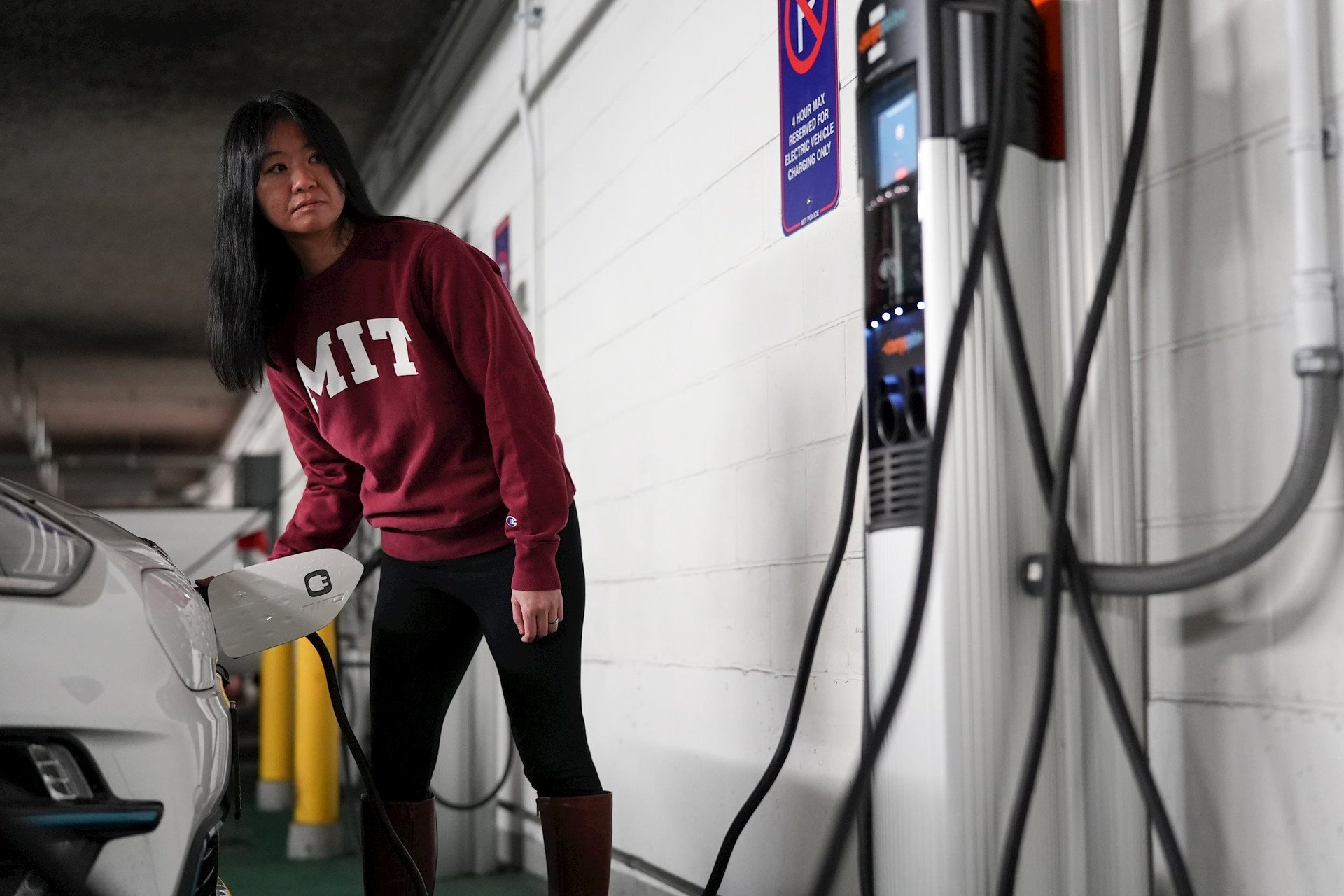
The Dutch government also applies energy tax relief support for the charging station system, helping to reduce about 470 USD/charging station/year. Similarly, Australia provides support of up to 3,500 USD for each charging station of businesses...
These support packages show that governments around the world are pushing for green energy policies. To meet its green energy targets, the European Union is planning to have 30% of its vehicles be electric by 2030. Germany is also planning to introduce 1 million electric vehicles to support its smart grid infrastructure. Denmark plans to be 100% fossil fuel-free by 2050.
Many initiatives accelerate the energy transition
Promoting green energy-based policies is also the goal of the landmark energy transition initiatives recently launched by COP28 President Sultan Al Jaber during the conference. Accordingly, Dr. Sultan Al Jaber announced the Global Decarbonization Accelerator (GDA), a series of landmark initiatives to accelerate the energy transition and significantly reduce global emissions.
The GDA focuses on three main pillars: rapidly expanding the future energy system; decarbonizing the current energy system; and targeting methane and other greenhouse gases other than CO2. It is a comprehensive plan for system-wide change, addressing both energy demand and supply. The GDA is built on ideas from key stakeholders, including international organizations, governments and policymakers, NGOs, and CEOs from across all industries.
The third pillar of the GDA will address methane and other non-CO2 greenhouse gases through economy- wide methane emissions reductions. To support this, over $1 billion will be mobilized for methane reduction projects, with further information to be released on 5 December at the COP28 Energy Theme Day.
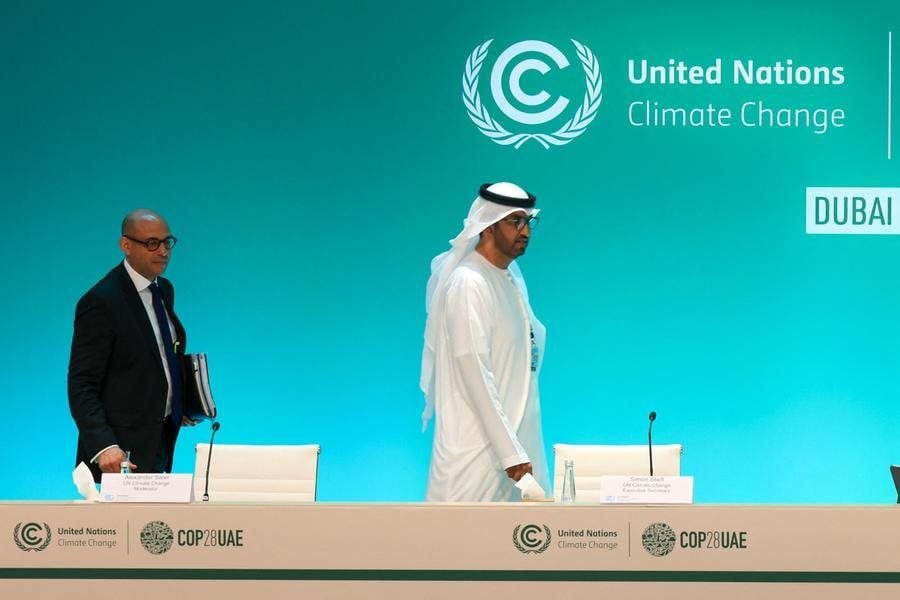
The GDA also includes the launch of the Industrial Transformation Accelerator (ITA) to accelerate decarbonisation in key high-emissions sectors and encourage policymakers, technical experts and financial backers to work closely with industry to expand investment and rapidly scale up implementation of emission-reduction projects.
The GDA also includes the Global Cooling Pledge, which aims to significantly reduce global cooling emissions by 68% by 2050. Such emissions account for 7% of total global emissions, a figure that is expected to triple as more countries use air conditioning. As of December 2, 52 countries had signed the Pledge.
Dr Al Jaber said the GDA will address various challenges that hinder the energy transition. Commenting on the launch of the GDA, he said: “The world will not function without energy. However, the world will collapse if we do not overhaul the energy sources we use today, reduce emissions at gigaton scale and rapidly move to zero-carbon alternatives.”
As of December 2, 116 countries have signed the Global Renewable Energy and Energy Efficiency Pledge, agreeing to triple global renewable energy generation capacity to at least 11,000 gigawatts and double the average annual global improvement in energy efficiency to more than 4% by 2030.
Through the UAE Hydrogen Declaration of Intent, 27 countries have agreed to endorse a global certification standard and recognise existing certification schemes, boosting global trade in low-carbon hydrogen.
According to the GDA, 50 companies, representing more than 40% of global oil production, have signed the Oil and Gas Decarbonization Agreement (OGDC), committing to zero methane emissions and ending routine oil flaring by 2030. OGDC is an important step in line with the goals of the Paris Agreement.
The signatories to the agreement have agreed to work towards a number of key actions, including: Investing in the energy system of the future, including renewable energy, low-carbon fuels and negative emissions technologies.
At the same time, enhance transparency, including through increased measurement, monitoring, reporting and independent verification of greenhouse gas emissions and their reduction performance and progress.
In addition, strengthen alignment with energy sector best practices to accelerate decarbonization of operations and aspire to implement current best practices by 2030 to collectively reduce emissions intensity.
In addition, “energy poverty alleviation” and the provision of safe and affordable energy to support the development of all economies. This is also consistent with green energy promotion policies, including the policy of supporting electricity prices for electric vehicle charging stations as mentioned above.
Source










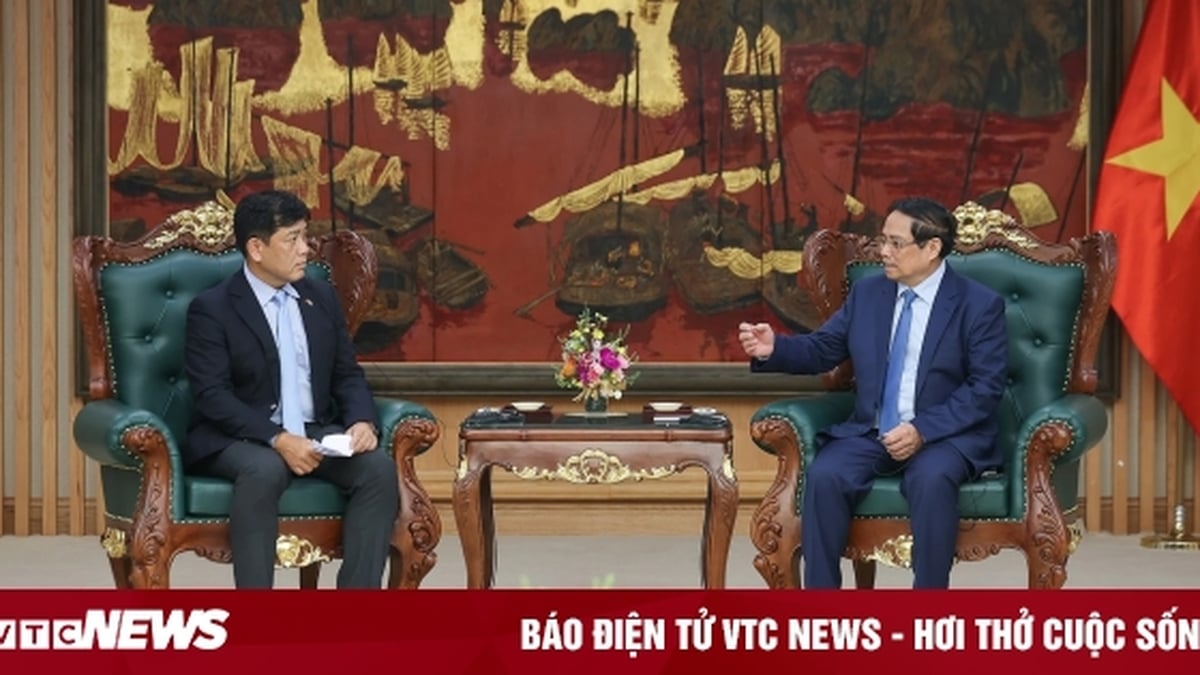






































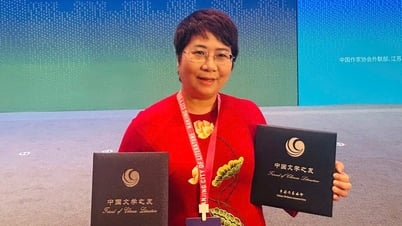












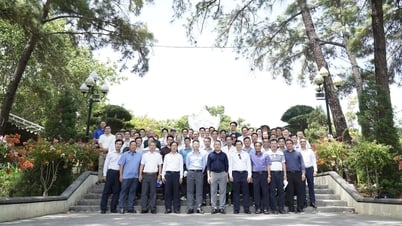

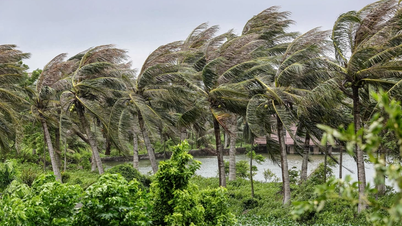








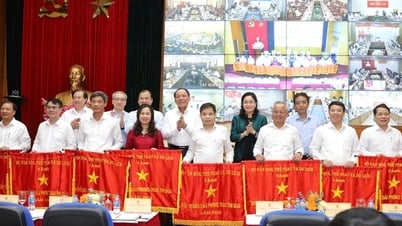


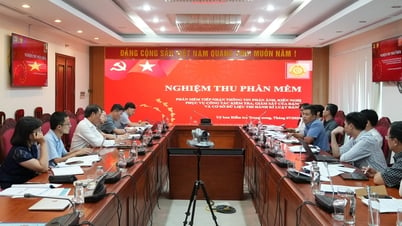


























Comment (0)